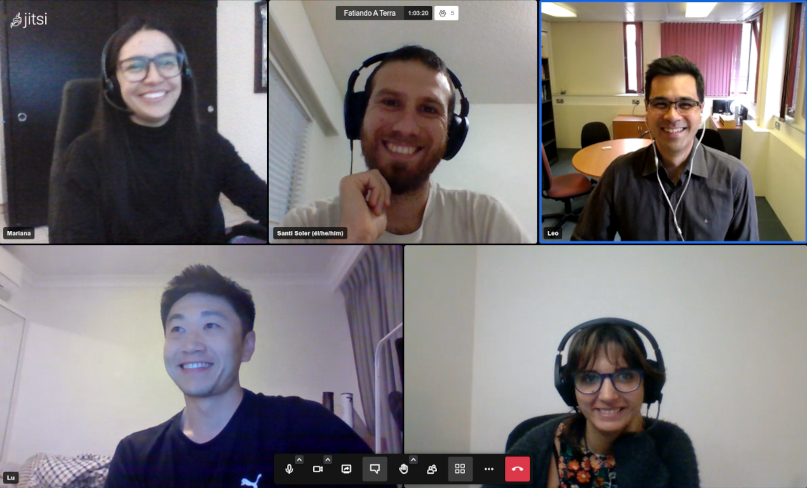Fatiando a Terra
Fatiando provides Python libraries for data processing, modeling, and inversion across the Geosciences.
It is built by a community of geoscientists and software developers with a passion for well-designed tools and helping our peers.
All of our code is free and open-source, distributed under the permissive BSD 3-clause license.
 Verde
Verde
 Pooch
Pooch
 Harmonica
Harmonica
 Boule
Boule
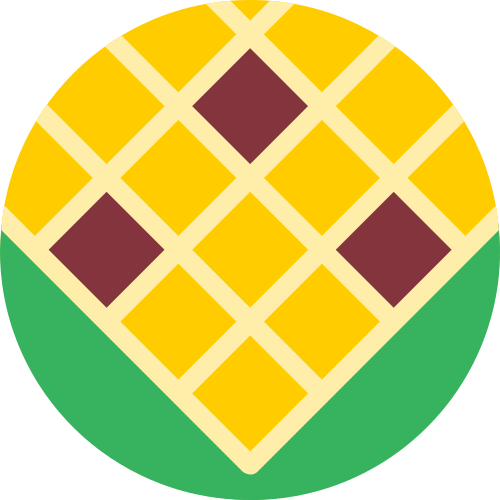 Choclo
Choclo
 Ensaio
Ensaio
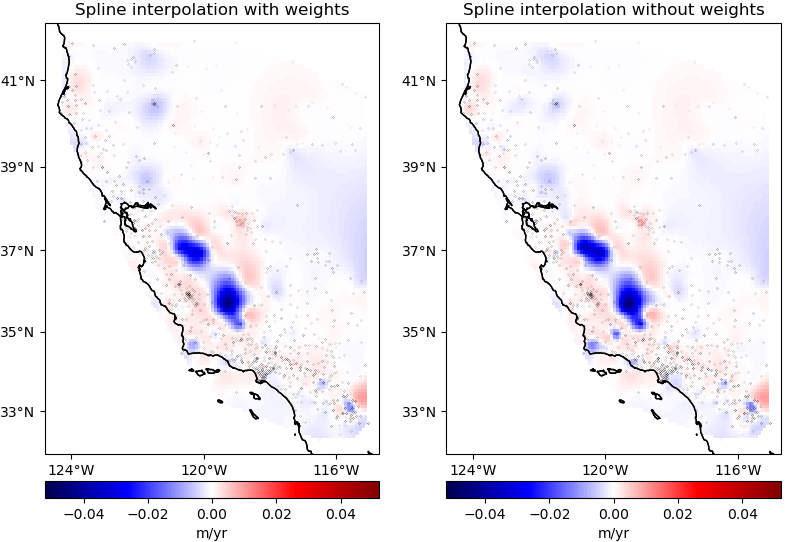 Vertical ground velocity in California interpolated from GPS data with and
without weights based on data uncertainty.
Vertical ground velocity in California interpolated from GPS data with and
without weights based on data uncertainty.
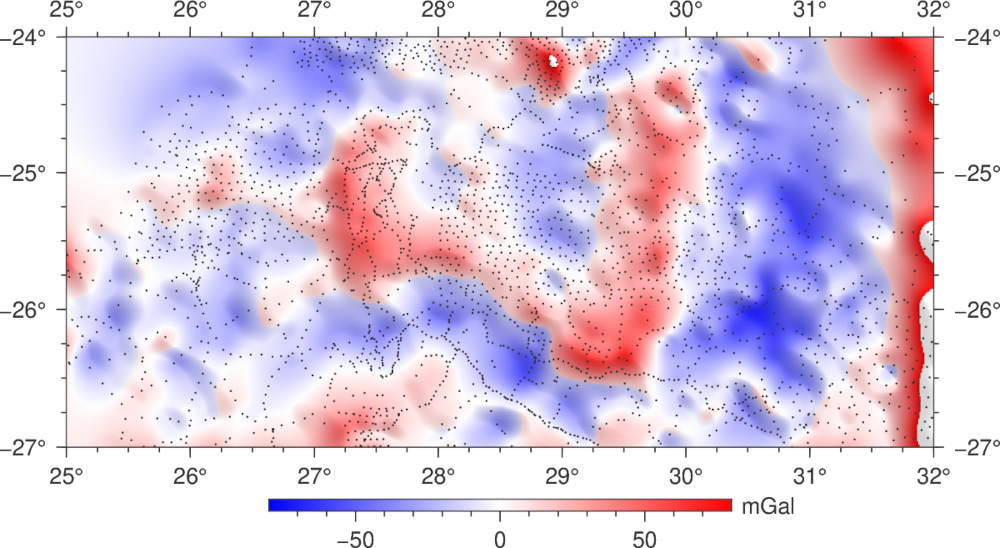 Residual gravity disturbances of the Bushveld Complex, South Africa,
gridded to a uniform height with equivalent sources.
Residual gravity disturbances of the Bushveld Complex, South Africa,
gridded to a uniform height with equivalent sources.
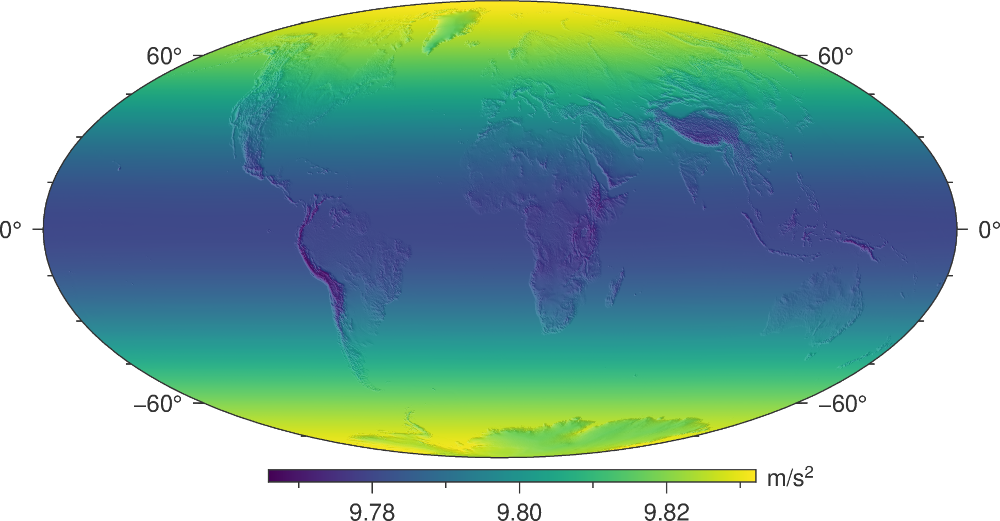 Normal gravity of the WGS84 ellipsoid calculated at the Earth's surface using
an analytical expression (no free-air correction required).
Normal gravity of the WGS84 ellipsoid calculated at the Earth's surface using
an analytical expression (no free-air correction required).
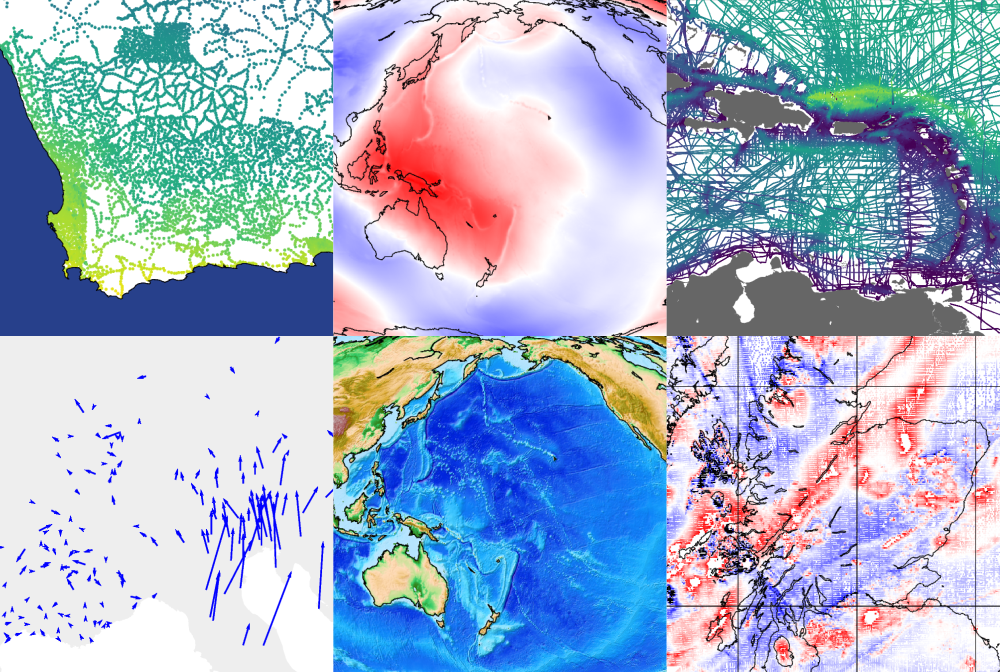 A sample of the datasets available in Ensaio. From the top-left: gravity, geoid
height, bathymetry, GPS velocity, global relief, and magnetic anomaly.
A sample of the datasets available in Ensaio. From the top-left: gravity, geoid
height, bathymetry, GPS velocity, global relief, and magnetic anomaly.
